Thomas Huot-Marchand designs bespoke typographic solutions for brands and institutions seeking to strengthen their visual identity. His research expertise allows him to advise and support both clients and creative teams on typographic history, technology, and concepts.
Call for applications poster of the Atelier national de recherche typographique, Nancy.
- Atelier national de recherche typographique, Nancy
- 1200 × 800 mm
- Silkscreen, 3 colors
- Dubois Imageries, Orléans
-
Typeface:
Newut
-
black & white
gradient
Poster for the season 2021-2022 of the Théâtre Paul Éluard, in Bezons.
For the identity of the festival Ici l’Onde, organised by Why Note in Dijon, I decided not to use any vectors or fonts, and use photography instead. The poster for the 2011 edition is the result of a complex setup, in which I sought to capture the reflection of the text on the water.
Totema is an encrypted character, adapted from the writing of the painter Klaus Ramka, who uses it in his own publications. It's up to you to unravel the mystery.
Produced with the help of Sébastien Truchet.
- 2008
Musiques de Rues — Poster
- 2008
Musiques de Rues — Poster
Poster of the 3rd edition of Musiques de Rues, a festival of contemporary brass bands and artistic interventions in public space.
Logotype and custom lettering for Image Republic, Paris. Image Republic publishes posters, postcards and notebooks with famous illustration artists all over the world. website
- 2018
Agence Adelfo Scaranello — MBAA 1
- 2018
Agence Adelfo Scaranello — MBAA 1
This publication presents the architectural project of Adelfo Scaranello for the Musée des beaux-arts et d’archéologie de Besançon, which reopened in 2018. “From the outset, says Scaranello, one thing was clear: the convictions with which the architects Pierre Marnotte (1797- 1882) and Louis Miquel (1913-1986) had worked successively on this construction had gradually disappeared. […] Restoring the integrity of these architectures within a new project is not about historising but is a way of transforming the links between these two figures.” This 1st volume shows the museum empty spaces, during the construction. Typeset in a modified version of GF Montserrat (OFL).
Photos by Nicolas Waltefaugle & Yohan Zerdoun. 56 p.
- 2009
Utopies & innovations — Typeface
- 2009
Utopies & innovations — Typeface
The Métropole Rhin-Rhône area has brought together several cities between France, Switzerland and Germany, connected in 2010 by a high-speed train line. To materialize this network, a major cultural operation was imagined, utopies & innovations. Under the general curation of Laurent Gerverau, these are 12 local themes, and dozens of exhibitions that are scheduled throughout 2010, around these concepts.
It seemed difficult to illustrate these concepts with a single image: also, I preferred to propose an alphabet, which constitutes the visual identity, and ensures the link between the multiple variations. It is used to compose the logotype, which was designed when the Metropolis had only 9 cities; they were symbolized by the 9 points that appeared in the words "utopias & innovations", like 9 points on a map, network, route ... The metropolis then moved to 16 cities, but the logo remained the same.
Poster of the 7th edition of the festival Émergences, a week dedicated to young creation in Besançon. Matt Black + Gloss Varnish. Selected in Chaumont design graphique festival.
La Coursive is a structure based in Dijon which supports companies in the cultural and creative industries. It is located in a singular building, where passageways, between the floors, give access to the apartments located above and below. To illustrate both this principle, the facade of the building, but also the circulation of knowledge and skills within this structure, I developed an Inline version of Garaje, where the letters are open and communicate with each other. With the help of Guillaume Delamarche, intern at the studio. Unpublished
- 2019
Gyan Panchal, Au Seuil de soi
- 2019
Gyan Panchal, Au Seuil de soi
Catalog of the monographic exhibition of Gyan Panchal at the Musée d’art moderne de Saint-Étienne. The book presents the artist's works exhibited in three places, in Cajarc, Rochechouart and then Saint-Étienne. The work begins with blank pages, then a close-up section in low opacity, before varying the light and whiteness of the paper according to the three very different exhibition spaces. The book has an free back binding, and is slipped into a white paper case. 172 p
- Musée d’art moderne de Saint-Étienne
- 225 × 300 mm
- Offset, CMYK
- Snoeck Ed. PB Tisk printing
-
Typeface:
MM Sans
MM Serif
-
CMYK
art
next page































































































































































